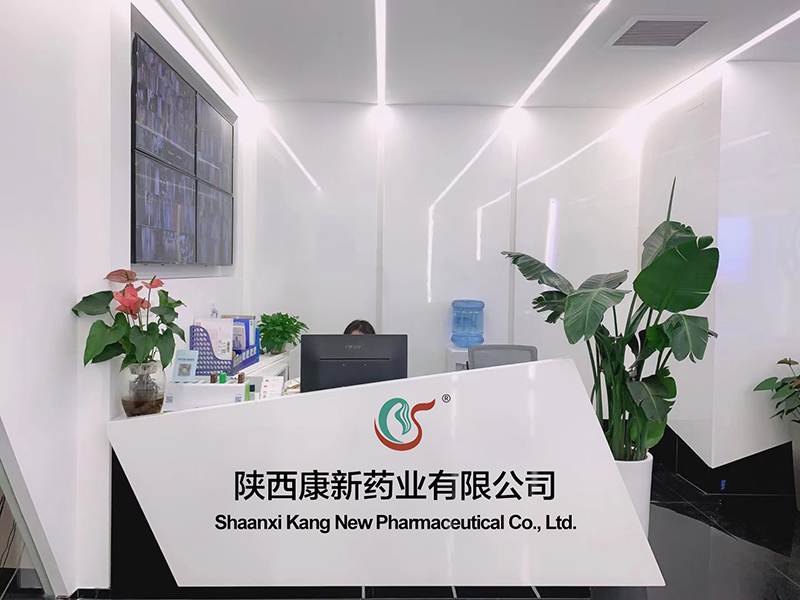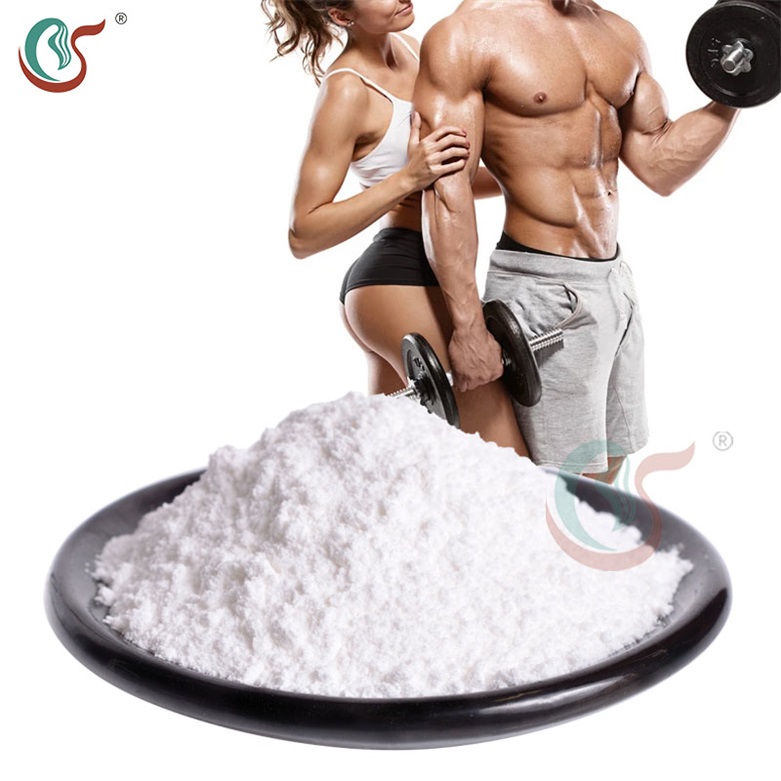Environmental Characteristics and Regulation in Vegetable Greenhouses
Due to the plastic film covering, the greenhouse has formed a special microclimate that is relatively closed and exposed. To cultivate vegetables in greenhouses, we must master the characteristics of the environment in the greenhouse, and take appropriate control measures to meet the conditions for the growth and development of vegetables, so as to obtain high quality and high yield. (I) Environmental conditions in the greenhouse 1. Light: Depends on the solar radiation intensity outside the shed, the optical characteristics of the covering material, and the degree of contamination. The transmittance of the new plastic film is 80-85%, and the transmittance of the old film contaminated by dust is often less than 40%. The film surface gathers water droplets. Due to the diffusion effect of the water droplets, the illumination in the shed can be reduced by 10% to 20%. Shelving and laminating lines, as well as high-stemmed vegetable racks, will be shady. In the management of greenhouses, it is necessary to avoid and eliminate the factors that reduce the illumination in the shed. 2, temperature: (1) The law of temperature change: The daily changing trend of temperature in a greenhouse is the same as that of open field, but the temperature difference between day and night is large. If there is sufficient light during the day, if the temperature inside the film enclosure increases rapidly, the maximum temperature is 40-50°C, which is more than 20°C higher than outside the booth. In cloudy and rainy days, the warming effect is poor, and the minimum temperature in the night shed is generally 1-3°C higher than that outside the shed. The temperature inside the shed is stable and the temperature is usually 10–20°C. The air temperature in the shed varies from location to location. The greenhouse is horizontally distributed in the middle and low in both sides. Therefore, the plants in the middle of the greenhouse are often taller than the plants on both sides. The greenhouses are longitudinally distributed. When the sun shines during the daytime, the temperature is high at the top and low at the bottom, and it is the opposite at night and cloudy days. (2) Inversion of temperature phenomenon: polyethylene-covered greenhouses have fine breeze in the winter, and the temperature inside the greenhouse sometimes appears to be lower than that outside the greenhouse. The reason is that the temperature outside the night shed is higher than in the lower part of the shed. Due to the wind disturbance, heat can be obtained from the upper layer of air near the shed outside the shed, and this part of the heat cannot be obtained in the shed because of the cover. In winter, when it is cool during the day, there is less heat stored in the soil, and the polyethylene film has a relatively high emissivity of long wave, slightly poor heat insulation, large effective heat radiation on the ground, and high heat dissipation, which causes the temperature in the shed to fall below the shed. (3) Temperature regulation: The greenhouse temperature control is mainly carried out through ventilation and heating. The use of uncovered membranes for ventilation is the most common method for reducing and controlling the temperature in the shed during the day. The use of shading materials reduces the amount of light received in the greenhouse and prevents the temperature in the shed from becoming too high. In winter, in order to reduce heat loss and increase temperature and soil temperature, the shed film should be as tight as possible. Wind barriers can be installed around the greenhouses, and small sheds in the greenhouses can be covered with grass, non-woven fabrics, foamed plastics, and other measures. Can also be used to increase temperature measures to increase temperature, such as the use of electric heating line to increase soil temperature, the conditions of the area can use the factory waste heat, geothermal water or coal furnace to improve the temperature inside the shed. In the shed, a water-filling bag (water-filled plastic bag) is used. The characteristics of the water is greater than the heat. During the day, the water bag absorbs a large amount of solar energy, converts it into heat energy, and is gradually released at night to increase the temperature of the shed. 3, the regulation of air humidity (1) The change law of air humidity in greenhouses: The plastic membrane is highly enclosed, the exchange of air in the booth with the outside air is hindered, and the soil evaporation and leaf surface transpiration of water vapor are difficult to diverge. Therefore, the humidity in the shed is large. During the daytime, when the greenhouse is ventilated, the relative humidity of the air in the greenhouse is 70-80%. Over 90% after rainy days or irrigation. The relative humidity of the air in the shed decreases with increasing temperature, and it is often 100% at night. When the wet air in the shed is cold, it condenses into a water film or water droplets adhere to the inner surface of the film or plants. (2) Regulation of air humidity: Excessive air humidity in greenhouses not only directly affects the photosynthesis of vegetables and the absorption of mineral nutrients, but also contributes to the germination and infestation of pathogenic spores. Therefore, ventilation and ventilation are needed to promote exchange of high-humidity air in the shed with low-humidity air from the outside, which can effectively reduce the relative humidity in the shed. Warming the shed heating line can also reduce the relative humidity. Using drip irrigation technology combined with mulching and cultivation to reduce soil moisture evaporation can significantly reduce air humidity (about 20%). 4. Air content in the shed: Due to the thin film coverage, the air flow and exchange within the shed are limited. In the case of tall vegetable plants and lush foliage, the concentration of carbon dioxide in the air in the shed varies greatly. Before sunrise in the morning, due to crop respiration and soil release, the carbon dioxide concentration in the shed is 2-3 times higher than the shed concentration (around 330PPM); after 8-9 hrs, with the increase of photosynthesis in the leaves, the carbon dioxide concentration in the shed can fall below 100PPM. Therefore, it is necessary to conduct ventilation and ventilation after sunrise to supplement the carbon dioxide in the shelter. In addition, artificial carbon dioxide fertilization can be conducted at a concentration of 800-1000 PPM, which is used after sunrise until ventilation. Artificially applied carbon dioxide, in the winter and spring when the light is weak, the temperature is low, the effect of increasing production is very significant. In the cold season, greenhouses are often airtight insulation, it is easy to accumulate toxic gases, such as ammonia, nitrogen dioxide, sulfur dioxide, ethylene and other hazards. When the ammonia gas in the greenhouse reaches 5PPM, the tip of the plant leaves will produce water-soaked spots, which will then turn black and die. When the nitrogen dioxide reaches 2.5-3 PPM, the leaves will have irregular green-white spots. In severe cases, except the veins, the whole The leaves are bleached. The production of ammonia and nitrogen dioxide is mainly due to the improper use of nitrogen fertilizers. The production of carbon monoxide and sulfur dioxide is mainly caused by the use of coal fire, incomplete combustion, or poor coal quality. As the film ages (plastic tubes) can release ethylene, causing premature plant failure, excessive use of vinyl products is also one of the reasons. In order to prevent the accumulation of harmful gases in the shed, fresh manure should not be used as a base fertilizer, nor can manure be used as topdressing; it is strictly prohibited to use ammonium carbonate as a top-dressing fertilizer, and when using urea or ammonium sulphate as a top dressing, it should be mixed with water or after application. Timely soil cover; fertilizer dosage should not be overdone; low temperature season should be properly ventilated to remove harmful gases. In addition, the quality of coal is better and it must be fully burned. If conditions permit, use hot air or hot water pipes to heat the exhaust gas outside the shed. 5, soil moisture and salt: The soil moisture distribution in the greenhouse is not uniform. Near the soil on both sides of the scaffolding, there is more moisture penetration outside the shed, plus the humidity of the flowing water droplets on the shed film. The middle of the shed is relatively dry. Cucumbers and eggplants grown in spring greenhouses, especially cultivated in plastic mulches, often suffer from insufficient soil moisture and severely affect quality. It is better to lay down the hose drip tape and apply fertilizer and water at any time according to the actual needs. It is an effective measure to increase production. Due to the long-term coverage of greenhouses and the lack of rainwater leaching, the salt content moves downwards with the groundwater, which can easily cause excessive accumulation of salt in the soil of the cultivation layer, resulting in salinization. Therefore, it is necessary to pay attention to deep plowing and application of organic fertilizers to avoid the long-term application of fertilizers containing chloride ions or sulfate ions. Fertilizer should be light, it is best to conduct soil testing and fertilization. Every year there is a certain period of time not to cover the membrane, or only shade nets are used for shade cultivation in the summer to make the soil get rain. When the soil salinization is severe, submerged salt pressure can be used and the effect is very good. In addition, the use of soilless cultivation techniques is a fundamental measure to prevent soil salinization.
Trenbolone Powder category includes Trenbolone Acetate Tren A powder, Trenbolone Base Steroid Powder, Parabolan Trenbolone Hexahydrobenzyl Carbonate, Trenbolone Enanthate Tren E, Trenbolone Base CAS.10161-33-8, Trenbolone Acetate CAS. 10161-34-9,Raw materials such as Methyltrienolone, certificates of analysis and HPLC test results are available.
Trenbolone Powder,Trenbolone Hexahydrobenzyl Carbonate,Raw Trenbolone Powder,Epithalone Human Growth Peptides Shaanxi Kang New Pharmaceutical co., Ltd. , https://www.anabolicsteriod.com

